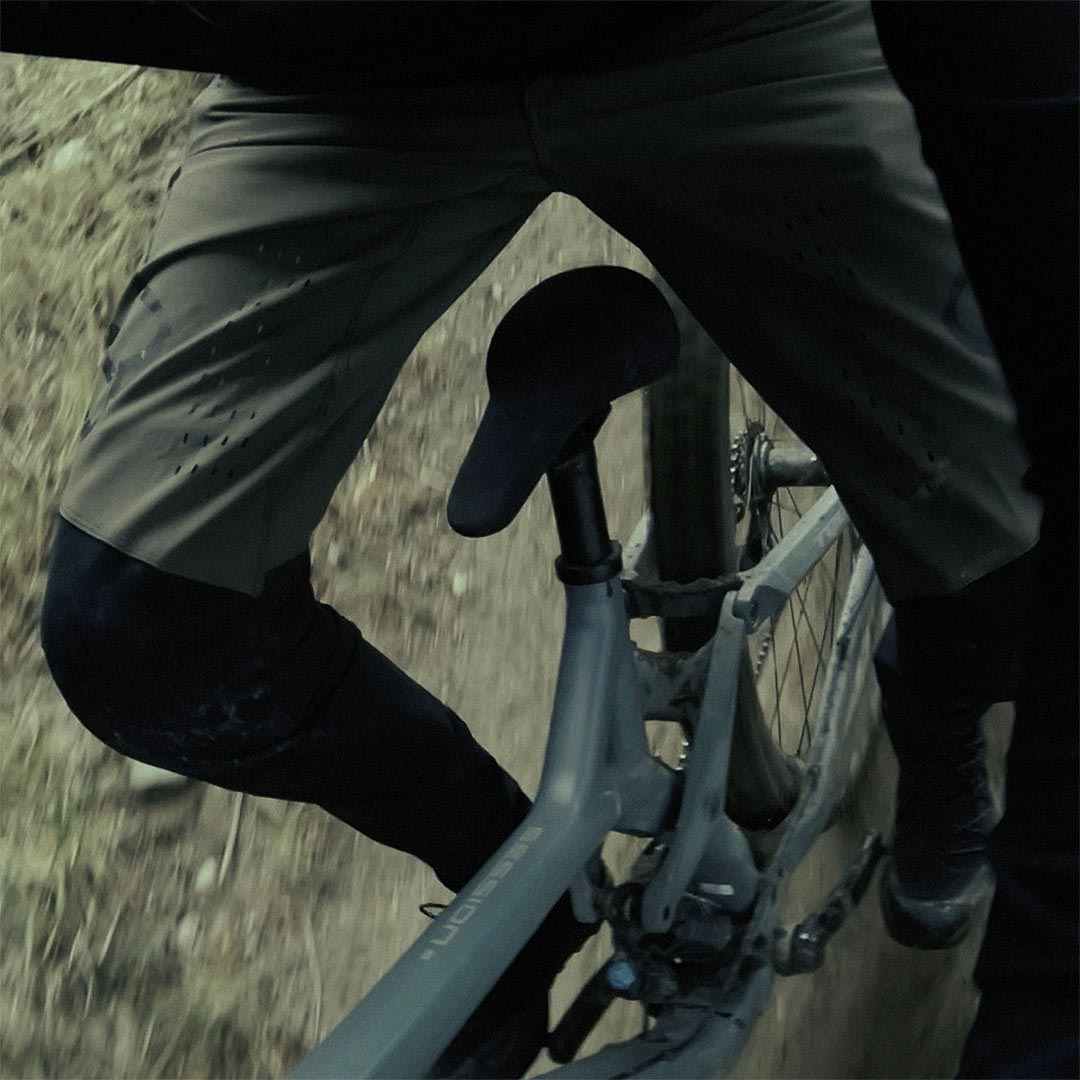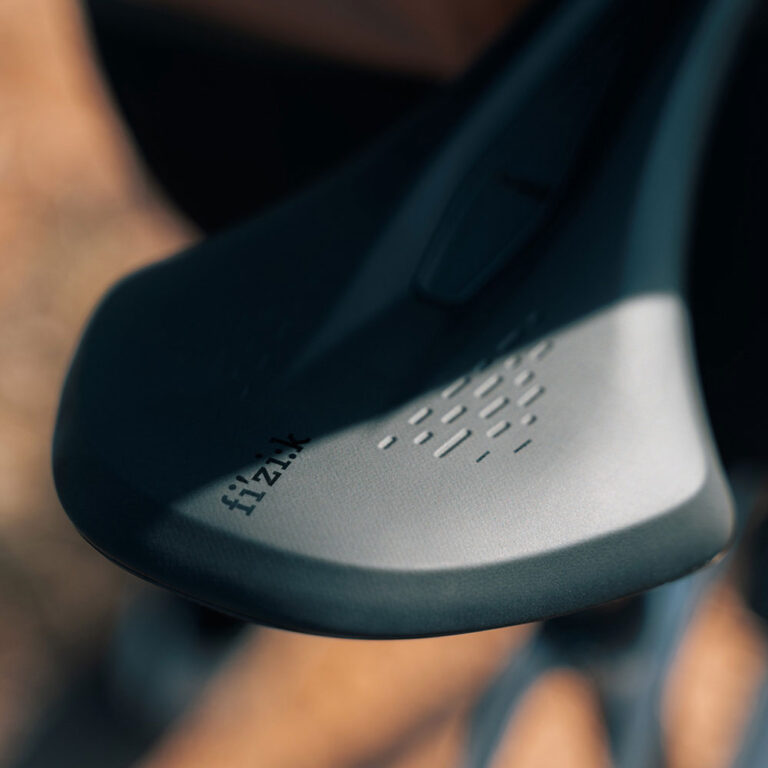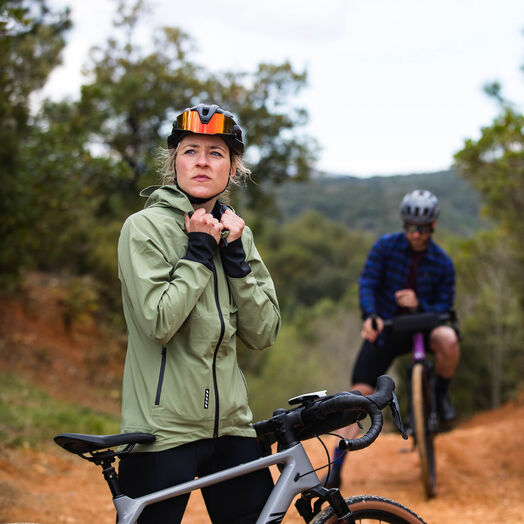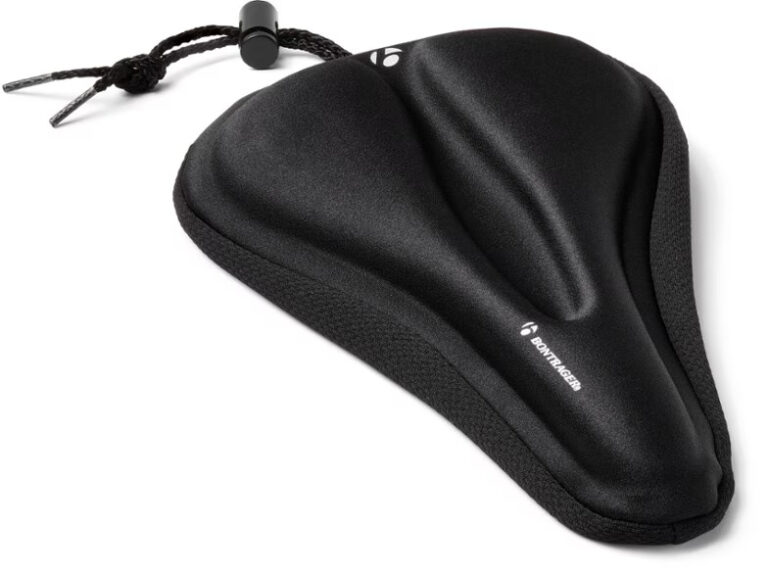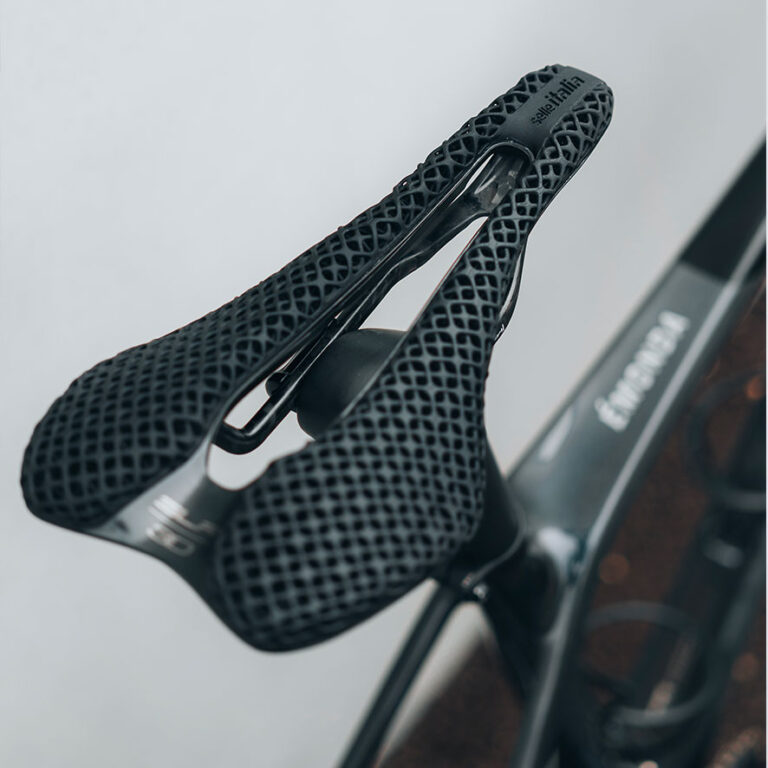Lightening the Load: A Master Cyclist’s Guide to Lightweight Mountain Bike Saddles

Key Point Summary of Lightweight Mountain Bike Saddles:
- Lightweight Advantage: Reducing bike weight improves handling and efficiency, making climbing and accelerating easier.
- Performance-Focused: Designed for optimal power transfer and support in dynamic riding conditions.
- Comfort and Fit: Features like ergonomic shapes and cutouts enhance comfort, reducing pressure points and improving blood flow.
- Material and Construction: High-tech materials such as carbon fiber contribute to weight savings and durability.
- Compatibility and Installation: Importance of ensuring saddle compatibility with seat posts and the impact of proper installation on performance.
- Maintenance and Care: Tips for extending the life of your lightweight saddle through regular maintenance.
As someone who’s spent a fair share of time racing and riding across various cycling disciplines, including mountain bikes, gravel bikes, and cyclocross, I’ve come to appreciate the nuances that can make or break the riding experience. One such nuance, often overlooked by those newer to the sport, is the choice of saddle.
Specifically, lightweight mountain bike saddles can significantly impact your performance and comfort on the trails. So, let’s dive into what makes these saddles so special and why you might consider one for your own cycling adventures.
The Allure of Lightweight
In the world of cycling, especially mountain biking, every gram counts. A lighter bike is more nimble, making it easier to handle on technical trails, and it climbs like a dream. When I first switched to a lightweight saddle, the difference was palpable. It was like shedding a small backpack I didn’t realize I was carrying. The agility and ease of maneuvering on steep climbs and tight switchbacks were immediately noticeable. Plus, on long rides, less weight meant less energy expended, which can be a game-changer for endurance.
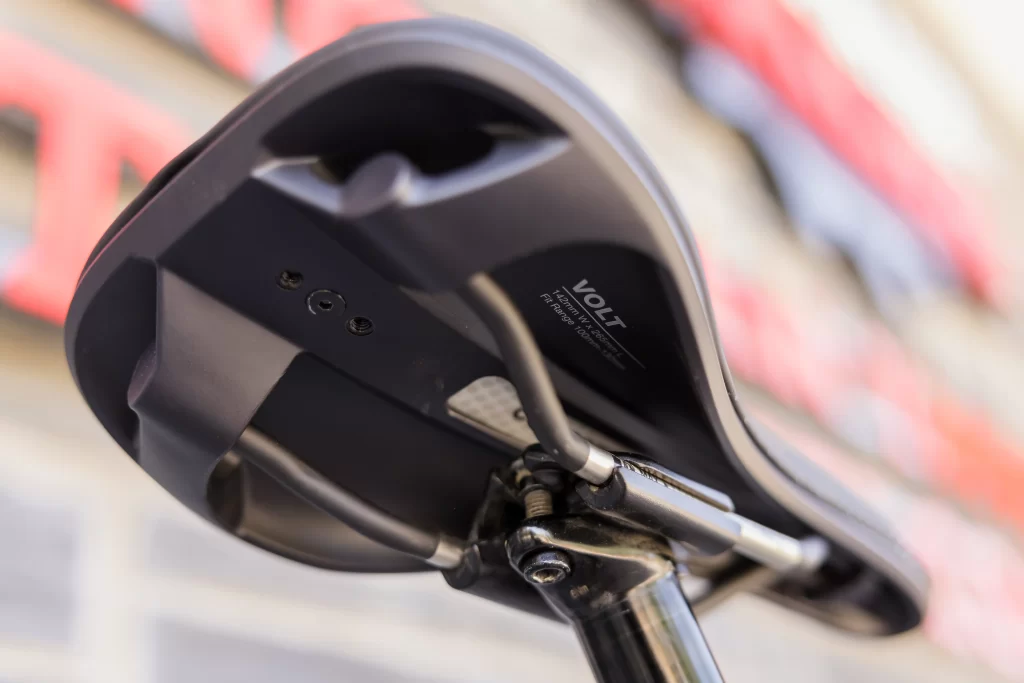
Performance Meets Comfort
A common misconception is that performance-oriented gear, particularly lightweight saddles, sacrifices comfort. However, my experience has taught me that the opposite can be true. The design of these saddles often incorporates features like ergonomic shapes and strategic cutouts or channels. These elements are not just for show; they play a critical role in reducing pressure on sensitive areas and improving blood flow. During a particularly grueling cyclocross race, the difference between a generic saddle and my lightweight, performance-oriented saddle was stark. Despite the constant shifting and movement, I remained comfortable and focused on the race, not on discomfort.
The Material World
The secret to the lightweight yet sturdy construction of these saddles lies in the materials used. Carbon fiber is a favorite for its strength-to-weight ratio and durability. My first carbon saddle was a revelation. Not only was it incredibly light, but it also stood up to the rigors of trail riding and the occasional crash. The materials also play a role in the saddle’s flex, offering a degree of shock absorption on rough terrain, which can make a significant difference in rider fatigue over time.
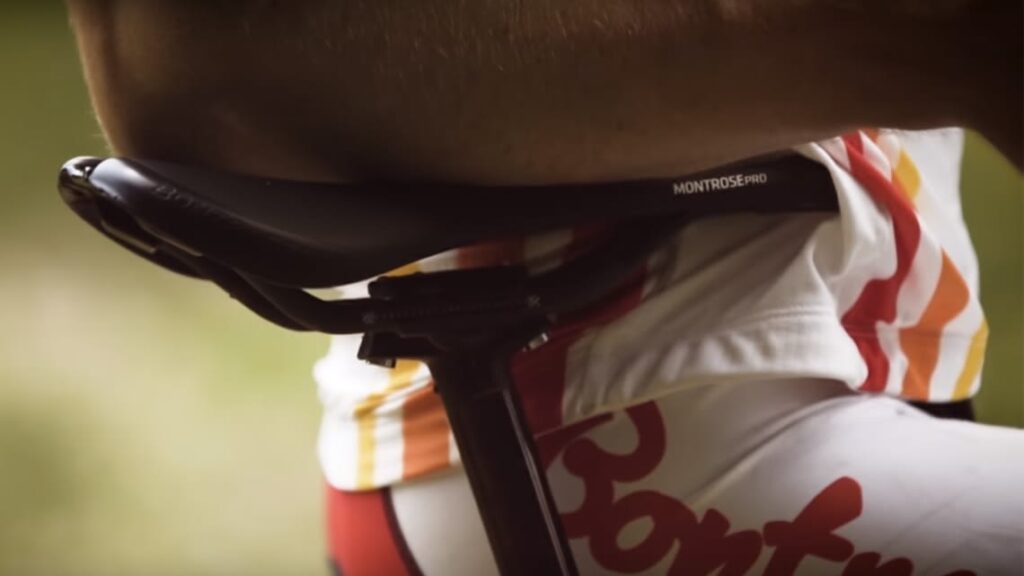
Fitting and Compatibility
Choosing the right saddle goes beyond just picking the lightest option available. It’s crucial to consider the saddle’s width and shape in relation to your anatomy. A poorly fitting lightweight saddle can lead to discomfort and even injury. Moreover, compatibility with your seatpost and bike frame is a must. I’ve had my share of mishaps with incompatible gear, leading to unnecessary frustration and adjustments. Taking the time to ensure proper fit and compatibility can save a lot of headaches down the line.
Care and Longevity
Despite their durability, lightweight saddles do require some care to maintain their condition. Regular cleaning and inspection for damage can extend the life of your saddle significantly. I learned this the hard way after neglecting my saddle post-race, only to find it had suffered more damage than I realized. Simple maintenance can keep your saddle in top condition for years.
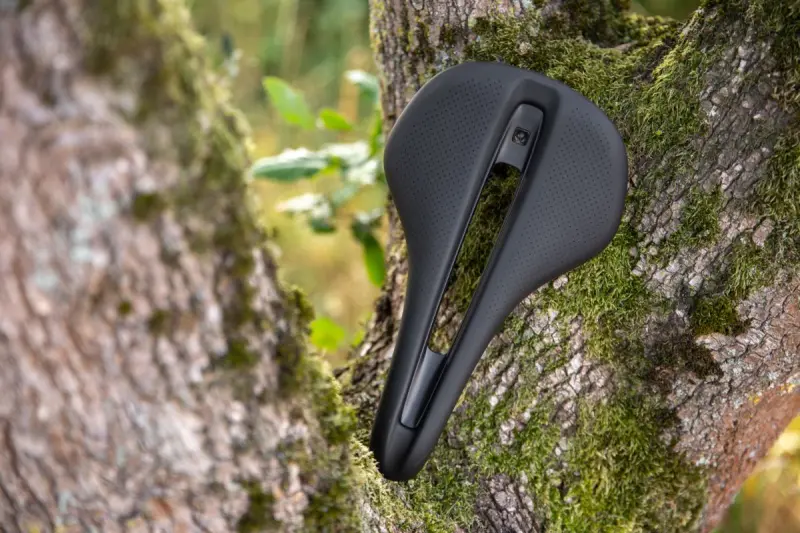
Final Thoughts
For beginner to mid-level cyclists looking to improve their mountain biking experience, investing in a lightweight saddle can be a game-changer. Not only does it enhance performance and comfort, but it also encourages a deeper connection with your bike and the trails you explore. The best saddle is the one that fits you and your riding style. Take the time to research, test, and find that perfect saddle. Your mountain biking adventures will be all the better for it. I can highlight a few options that are well-regarded in the cycling community for their balance of lightweight, performance, and comfort.
Specialized S-Works Power with Mirror
- Technology: Features 3D-printed padding technology called Mirror, which uses a lattice structure to provide unmatched sit-bone support and pressure relief.
- Weight: It’s among the lighter options, especially for the level of comfort and support it offers.
- Design: The short nose design is favored for aggressive riding positions, and it’s designed to improve blood flow and reduce pressure points.

Fizik Antares Versus Evo R1 Adaptive
- Material: Uses carbon rails and a carbon-reinforced nylon shell, striking a balance between weight, stiffness, and durability.
- Comfort: The Adaptive model features 3D-printed padding that conforms to your body, offering tailored support and comfort without adding bulk.
- Versatility: Good for both aggressive racing positions and more upright riding styles.
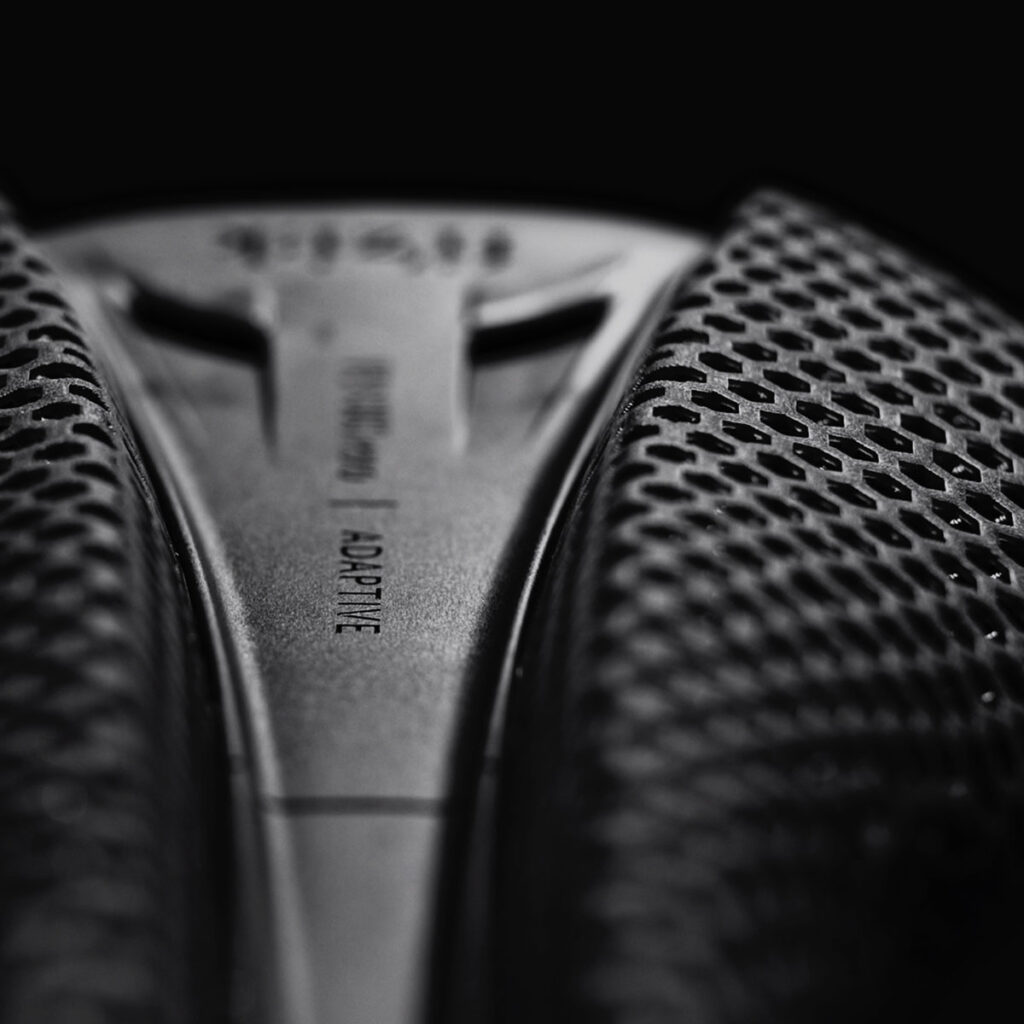
Bontrager Montrose Pro
- Construction: Features carbon rails and a lightweight shell, making it a contender for mountain biking where every gram counts.
- Comfort: Designed with an aggressive posture in mind, it has a cutout to relieve pressure and is available in multiple widths to fit a range of sit-bone distances.
- Durability: Known for its robust construction, making it suitable for the rigors of off-road riding.

Prologo Dimension NDR CPC
- Features: The CPC (Connect Power Control) technology offers grip and positioning control, while the NDR (Neurological Damper System) adds padding and shock absorption for rough terrain.
- Shape: Short and wide, providing stability and comfort without compromising performance.
- Material: Tirox rails offer a good balance between weight saving and durability.
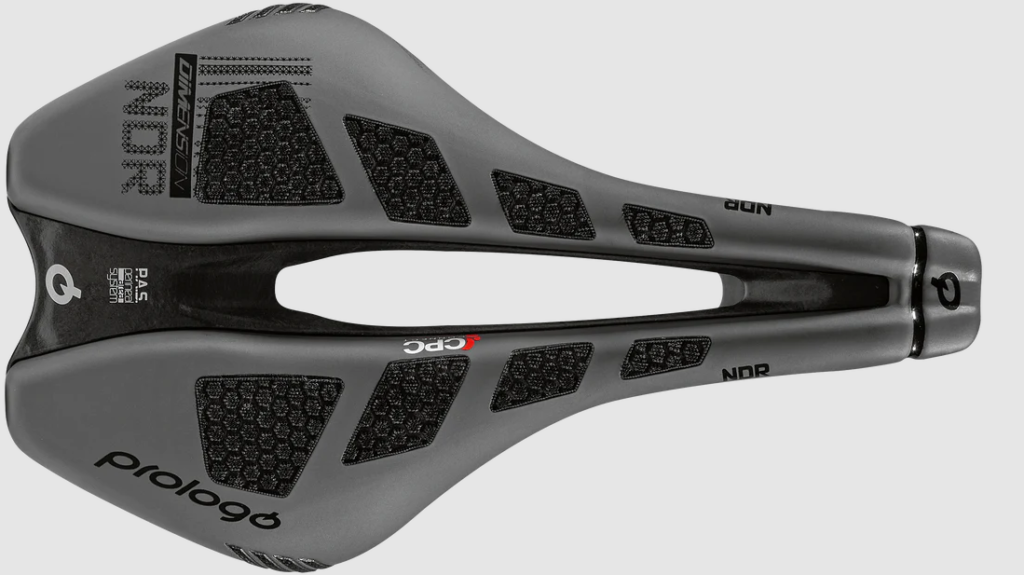
Selle Italia SLR Boost TM Superflow
- Design: Features a superflow cutout for pressure relief and improved blood flow, with a short nose to support aggressive riding positions.
- Weight: One of the lighter options in the Selle Italia range, without sacrificing comfort.
- Material: Uses a durable Fibra-Tek cover with manganese rails to reduce weight.

When selecting a saddle, it’s crucial to consider not just weight, but how the saddle fits your anatomy, the type of riding you do, and your personal preference for saddle features like padding and cutouts. Many riders benefit from professional bike fitting services, which can recommend a saddle based on your riding style and physical measurements.
FAQ
What is the most comfortable mountain bike seat?
The most comfortable mountain bike seat varies by individual preference, but the Specialized Phenom is highly regarded for its comfort, ergonomic design, and support on rough terrain.
What is the lightest saddle in the world?
The lightest saddle in the world, as of my last update, is the Berk Lupina Padded Carbon Saddle, weighing around 90 grams for the unpadded version and slightly more for the padded variant.
What is lightweight for a mountain bike?
For cross-country (XC) mountain bikes, which prioritize speed and efficiency over rugged terrain, weights under 25 pounds (11.34 kilograms) are indeed considered lightweight, with elite-level bikes often dipping below 20 pounds (9.07 kilograms) due to their use of high-end materials and components.
Trail and enduro bikes, designed for a balance of climbing efficiency and descending capability, typically weigh more due to the need for sturdier frames and components to handle rougher terrain. For these categories, lightweight might be considered differently, often above the 25-pound mark but still optimized for performance.
What is the best MTB saddle for perineum pain?
For perineum pain, the Ergon SMC Sport Gel Saddle is often recommended due to its ergonomic design, generous gel padding, and a large central cutout that reduces pressure on sensitive areas.
